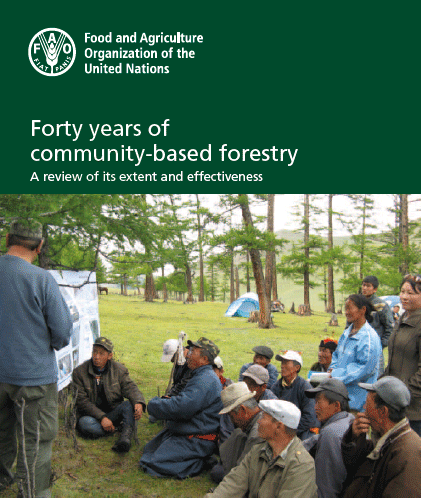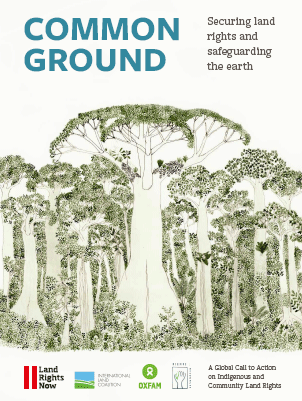Land registration in Nampula and Zambezia provinces, Mozambique
Assesses the process of rural land registration in Mozambique and the outcomes for poor and marginalised groups. The research finds that community land registration, under the 1997 land law, can strengthen community rights to use and benefit from their land in relation to outsider interests in land. However, intra-community and intra-household land rights are not addressed, since it is only community land boundaries which are registered.







